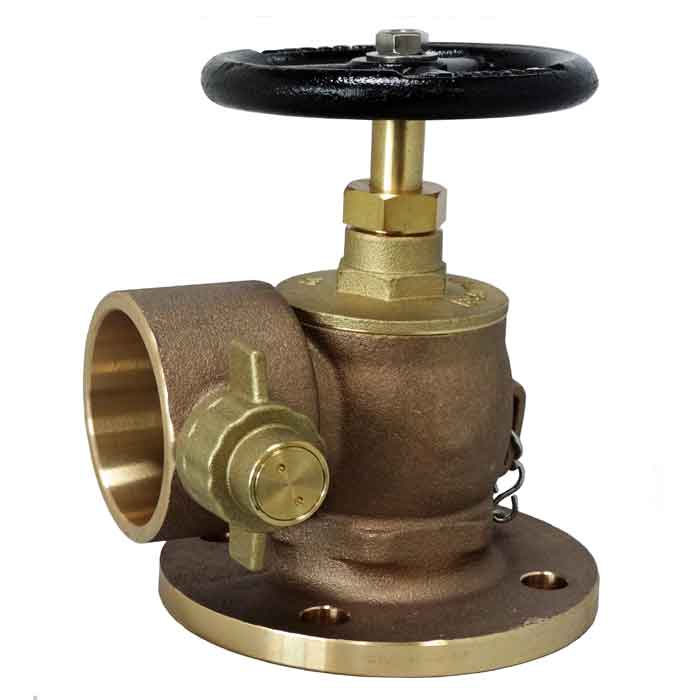|
Selecting the Right Offshore Valve for High-Temperature ApplicationsOffshore oil and gas operations are known for their challenging environments, which include high temperatures, corrosive conditions, and extreme pressures. Selecting the right valves for these applications is crucial to ensure operational efficiency, safety, and longevity. In this article, we will explore the key factors to consider when choosing offshore valves designed for high-temperature applications.
Understanding the Challenges High-temperature environments can significantly affect the performance and durability of valves. The materials used in valve construction must withstand not just the initial heat but also prolonged exposure to elevated temperatures without compromising their structural integrity or functionality. Corrosion, thermal cycling, and mechanical stress are some of the primary concerns that need to be addressed. Material Selection One of the most critical aspects of selecting a valve for high-temperature applications is the choice of materials. Stainless steel, particularly grades like 304 and 316, are commonly used due to their excellent resistance to corrosion and high-temperature performance. For even more demanding conditions, superalloys such as Inconel and Hastelloy offer superior strength and corrosion resistance at elevated temperatures. Ceramic materials are another option worth considering for extremely high-temperature applications. Silicon carbide (SiC) and zirconia (ZrO2) are notable for their exceptional thermal stability and low thermal expansion, making them suitable for harsh offshore environments. Design Considerations The design of the valve plays a crucial role in its ability to handle high temperatures effectively. Bolted bonnet designs are often preferred for high-temperature applications as they allow for easier maintenance and replacement of the seat and disc without disturbing the pipeline. Additionally, the use of extended bonnets can provide additional thermal protection by increasing the distance between the process medium and the actuator. Another important design feature is the inclusion of thermal sleeves or jackets. These components help to dissipate heat away from critical areas, reducing the risk of thermal degradation and extending the lifespan of the valve. Actuation Mechanisms The actuation mechanism of the valve must also be compatible with high-temperature environments. Electric actuators are generally favored over pneumatic ones because they are less susceptible to temperature variations. Hydraulic actuators can also be an option, provided they are designed with high-temperature hydraulic fluids and seals. Seals and Packings High-temperature applications demand specialized sealing solutions. Graphite packing is commonly used for its ability to withstand high temperatures and provide effective sealing. Flexible graphite is another popular choice due to its resilience and ability to handle thermal expansion and contraction. For even higher temperature requirements, ceramic seals or metal-to-metal sealing systems might be necessary. These options ensure that the valve remains leak-proof under extreme thermal conditions. Regulatory Compliance and Certifications Ensuring that the selected valve meets relevant industry standards and certifications is essential for offshore applications. Standards such as API 602, API 607, and ISO 15848 outline specific requirements for valve performance, testing, and documentation. Compliance with these standards helps guarantee that the valve will perform reliably under the specified conditions. Maintenance and Longevity Regular maintenance is crucial for extending the lifespan of offshore valves operating in high-temperature environments. Routine inspections should be conducted to check for signs of wear, corrosion, or damage. Lubrication schedules should be adhered to, using high-temperature greases where necessary. In conclusion, selecting the right offshore valve for high-temperature applications involves careful consideration of material properties, design features, actuation mechanisms, and sealing solutions. By prioritizing these factors and ensuring compliance with industry standards, operators can achieve reliable and efficient valve performance in the challenging offshore environment. |

